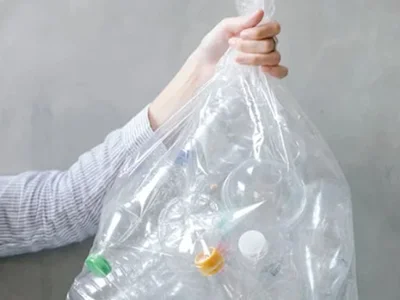Getting The Reclaim Waste To Work
Getting The Reclaim Waste To Work
Blog Article
The Definitive Guide to Reclaim Waste
Table of ContentsUnknown Facts About Reclaim WasteExamine This Report on Reclaim WasteThe Definitive Guide to Reclaim WasteHow Reclaim Waste can Save You Time, Stress, and Money.The Buzz on Reclaim Waste
Residential sewer waste refers to the waste and items from a household septic container. The proper management and disposal of residential sewage waste require liquid waste to be transferred to a sewage treatment plant where the proper methods and equipment are used to detoxify and dispose of waste.
Industrial waste usually includes potential hazards, such as flammable products or a combination of fluid and strong waste products, and needs an advanced and in-depth disposal procedure. The disposal of industrial waste typically entails the filtering of waste prior to transportation to ensure secure and appropriate disposal. Industrial waste is created from byproducts and overflow of commercial processes and manufacturing.
This type of waste can not make use of the very same sewage administration transport or processes as septic or industrial liquids. The hazardous waste administration process requires the inspection and screening of fluid waste prior to it undergoes the disposal procedure (industrial wastewater treatment). Overflow waste is the fluid waste that comes from runoff and excess stormwater in very populated locations or cities
Drainage waste can trigger contamination and flooding if not taken care of correctly. Making certain appropriate waste monitoring can protect against catastrophes and decrease ecological damage.
The Main Principles Of Reclaim Waste
Call PROS Services today to find out about our waste management and disposal services and the proper means to care for the fluid waste you generate.
(https://fliphtml5.com/homepage/kekhp)This supposed 'wastewater' is not only an important source but, after therapy, will certainly be launched to our land, waterways or the ocean. Utilized water from toilets, showers, baths, cooking area sinks, washings and commercial procedures is understood as wastewater.

water utilized to cool machinery or clean plant and tools). Stormwater, a kind of wastewater, is drainage that moves from agricultural Learn More and city areas such as roofs, parks, yards, roadways, paths and seamless gutters into stormwater drains pipes, after rain. Stormwater streams neglected straight to neighborhood creeks or rivers, ultimately getting to the sea.
A Biased View of Reclaim Waste
In Queensland, the majority of wastewater is treated at sewage treatment plants. Wastewater is transported from residential or industrial websites through a system of sewers and pump stations, referred to as sewerage reticulation, to a sewer treatment plant. City governments construct, maintain and operate most sewer treatment plants. Operators are certified under the Environmental Security Act 1994 to release cured wastewater at an acceptable environmental standard right into rivers.
The Department of Natural Resources encourages city governments regarding handling, operating and keeping sewerage systems and therapy plants. In unsewered areas, city governments may need owners to mount private or home sewage therapy systems to deal with domestic wastewater from commodes, cooking areas, restrooms and washings. The Division of Natural Resources authorizes the use of home systems when they are shown to be effective.
In some new class, treatment of some stormwater to remove litter, sand and gravel has actually started making use of gross pollutant catches. Wastewater therapy occurs in 4 phases: Gets rid of solid matter.
Wastewater then flows into large storage tanks where solids settle and are gotten rid of as sludge. Grease and scum are skimmed from the surface area. Utilizes tiny living microorganisms recognizes as micro-organisms to break down and remove staying dissolved wastes and great bits. Micro-organisms and wastes are integrated in the sludge. Eliminates nitrogen and phosphorus nutrients that can trigger algal flowers in our rivers and threaten marine life.
Little Known Facts About Reclaim Waste.
Nutrient removal is not offered at all sewer treatment plants because it calls for expensive specialised devices. Clear fluid effluent generated after treatment may still have disease-causing micro-organisms - industrial wastewater treatment.

Most wastewater streams into the sewage system. Under the Act, neighborhood federal governments carry out authorizations and permits for environmentally relevant tasks (ERAs) including wastewater launches that might have a regional effect.
The Best Strategy To Use For Reclaim Waste
Monitoring provides valid details about water high quality and can verify that licence conditions are being satisfied. The info acquired through monitoring supplies the basis for making water top quality decisions.
Report this page